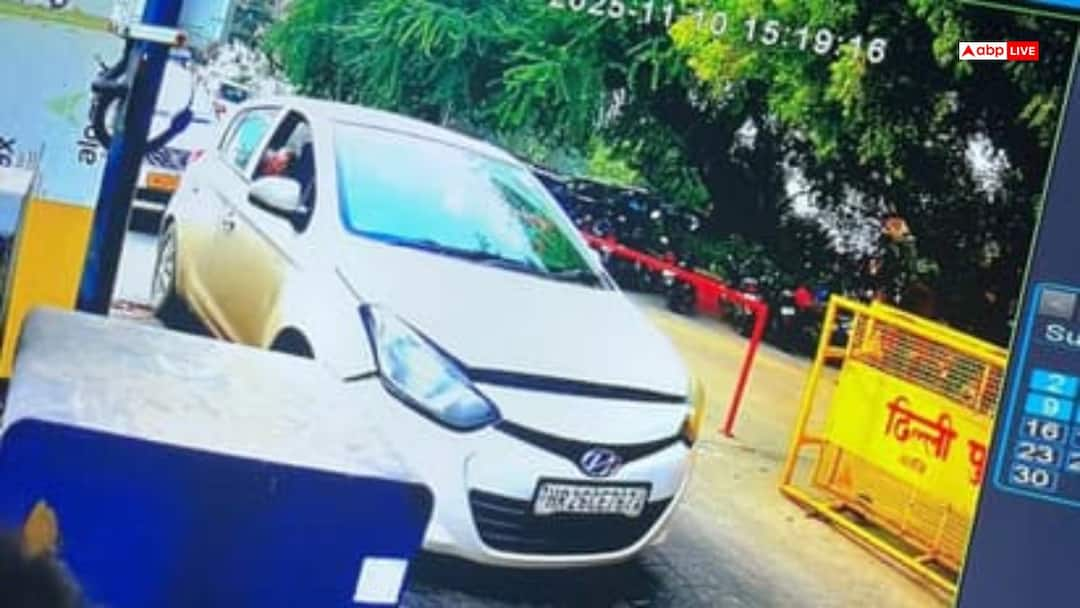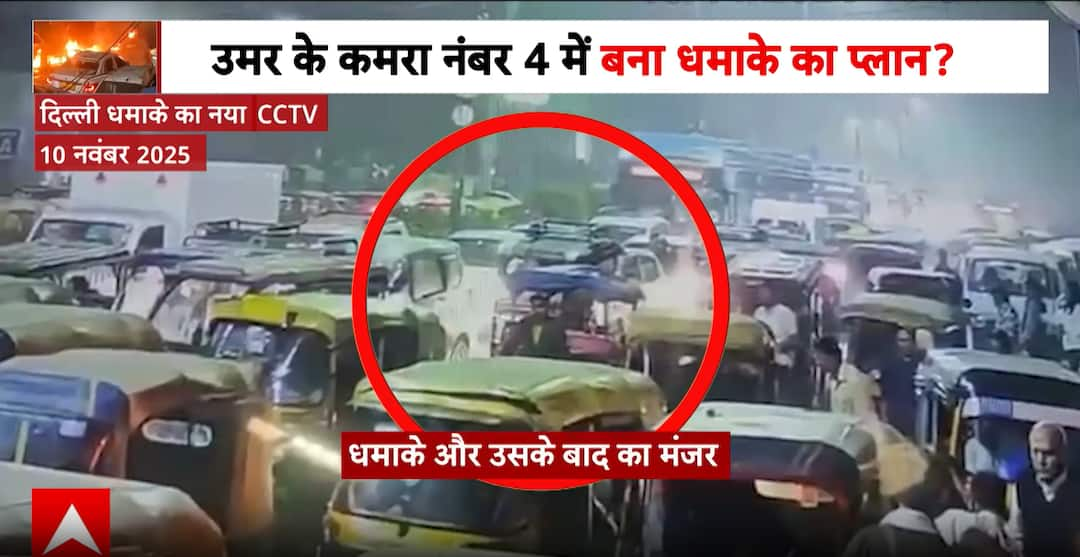In a chilling revelation, investigators probing the Red Fort blast have uncovered a massive terror plot involving 32 cars rigged for serial bombings across Delhi. These vehicles, including a Maruti Suzuki Brezza, Swift Dzire, and Ford EcoSport, were being prepared to carry explosives for coordinated “revenge” attacks planned for December 6, the anniversary of the Babri Masjid demolition, sources told NDTV.
The Hyundai i20 that exploded near the Red Fort on Monday evening was part of this fleet. According to officials, the plan was to detonate multiple vehicles simultaneously across key locations in the capital.
Old Cars, New Identities
Investigators believe the attackers deliberately chose old, frequently resold cars to make tracing ownership difficult. Four of these vehicles have now been tracked down. The Brezza was discovered inside the Al-Falah School of Medical Sciences and Research Centre campus in Faridabad, Haryana, which has now emerged as the nerve centre of the terror module.
Another car, a Ford EcoSport (DL10 CK 0458), was found abandoned late Wednesday in Faridabad. A young man found sleeping in the back seat has been detained for questioning. The Swift Dzire, seized earlier on Monday, contained an assault rifle and ammunition, pointing to a much larger cache of weapons and explosives.
Blast That Went Wrong
The Red Fort explosion, which killed 13 people, involved the i20 packed with high-grade explosives and ammonium nitrate fuel oil. Preliminary findings suggest the blast occurred prematurely after one of the terrorists, Umar Mohammed, accidentally triggered the device. DNA tests later confirmed his death at the scene.
Investigators said the car had entered Delhi via the Badarpur border earlier that day and was seen circulating in various parts of the city. The intended target was the Red Fort parking area, but when the fort was found closed to visitors that Monday, Mohammed changed plans, detonating the car bomb near a busy traffic signal and metro station just outside the monument.
Officials also revealed the group had discussed staging an attack on Diwali (October 20), indicating a broader terror calendar.
Jaish-e-Mohammed’s Shadow Network
The module, linked to Pakistan-based Jaish-e-Mohammed (JeM), had been operating under the guise of professionals — several posing as doctors and medical researchers at Al-Falah and other institutions. Their cover allowed them to blend in, build trust locally, and stockpile materials without drawing suspicion.
The plot unravelled after CCTV footage showed one of the key members, Adil Ahmad Rather, putting up posters praising Jaish in Jammu and Kashmir’s Nowgam. His arrest in Saharanpur, Uttar Pradesh, led investigators to his associates, Mujammil Shakeel and Shahina Saeed, and the discovery of nearly 3,000 kg of explosives and assault rifles hidden at facilities in Faridabad and Anantnag.
Institution Distances Itself
The Al-Falah School of Medical Sciences, now under the scanner, has issued a statement distancing itself from the accused. “As a responsible institution, we stand in solidarity with the nation and reaffirm our unwavering commitment to the country,” it said.
A New Terror Tactic
The NIA-led investigation now points to a disturbing trend, militants posing as white-collar professionals to infiltrate communities and plan attacks from within. As officials piece together the network’s operations, the discovery of the 32 cars underscores how close the capital came to witnessing one of the deadliest coordinated terror strikes in recent years.



